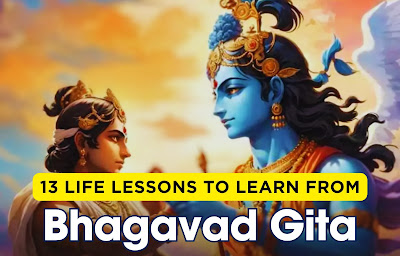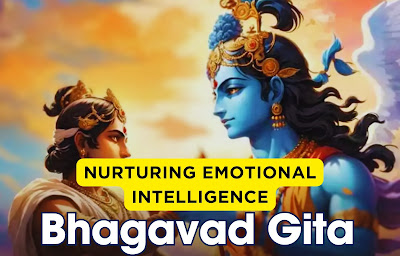Bhagavad Gita Chapter 18 Summary || Chapterwise Summary of Bhagavad Gita in English || Moksha Sanyaasa Yoga
Chapter 18, Moksha Sanyaasa Yoga, marks the conclusion of the Bhagavad Gita, encompassing the culmination of teachings that encapsulate the paths of knowledge, action, and devotion. This chapter presents profound insights into liberation and renunciation while emphasizing the significance of surrendering to the divine for ultimate liberation.
Summary of Chapter 18: Moksha Sanyaasa Yoga
Paths to Liberation:
Krishna expounds on three fundamental paths leading to liberation: knowledge (Jnana Yoga), action (Karma Yoga), and devotion (Bhakti Yoga). He emphasizes that these paths are not isolated but interconnected avenues to attain spiritual liberation. Each path aligns with different temperaments, catering to individuals' diverse inclinations and abilities.
Understanding Renunciation:
The chapter discusses renunciation in its broader sense, emphasizing that true renunciation is not merely the abandonment of external actions but the detachment of the mind from the fruits of actions. Krishna highlights the importance of performing duties selflessly, relinquishing attachment to outcomes, and dedicating actions to the divine.
Types of Renunciation:
Krishna delineates two primary forms of renunciation: Sanyasa (renunciation of actions) and Tyaga (renunciation of attachment to the fruits of actions). He elucidates that while Sanyasa involves physical renunciation, Tyaga is an inner attitude of detachment that can be practiced while fulfilling one's duties in society.
The Role of Surrender:
The chapter culminates in Krishna's emphasis on surrendering to the divine as the quintessential path to liberation. He urges Arjuna to relinquish all sense of ego, desires, and attachment to the results of actions, placing unwavering trust and surrendering to the divine will. This surrender is seen as the ultimate act of faith and devotion.
Attaining Ultimate Liberation:
Krishna concludes by reinforcing the idea that by embracing one's duties without attachment and surrendering to the divine, individuals transcend the cycle of birth and death (Samsara) to attain ultimate liberation (Moksha). Liberation, in this context, is the liberation of the soul from the entanglements of worldly desires and the attainment of eternal union with the divine.
Conclusion:
Chapter 18 encapsulates the essence of the Bhagavad Gita, integrating the teachings of knowledge, action, and devotion into the concept of liberation. It underscores the importance of renunciation, detachment, and surrender as pathways to spiritual freedom, guiding individuals toward the ultimate goal of liberation from the cycle of life and death.




Comments
Post a Comment